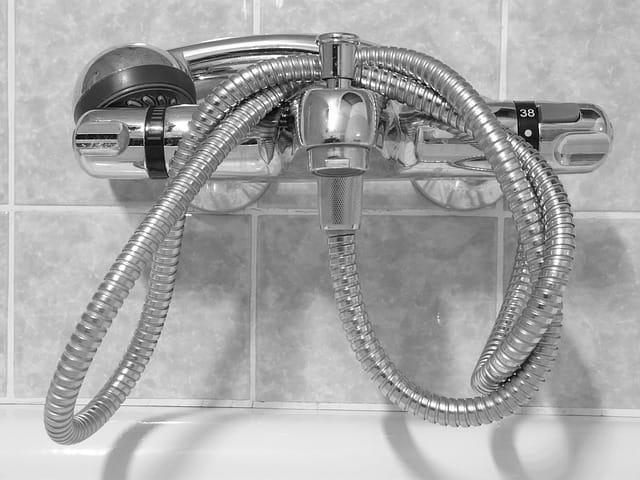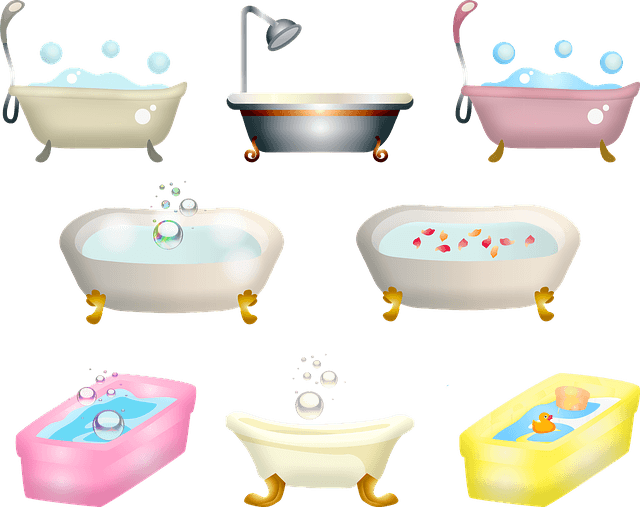What happens when you don’t bathe or shower at all? Several things result, the most common being that you stink, you develop skin conditions and hair conditions. Read further to find out the details.
While this topic isn’t exactly about bath products, it is related to the topic. Apparently there are people that don’t bathe regularly. Or others that want to know how long you can go without bathing before there are repercussions. In this article, I will explore the results of not bathing (or showering) on your body and your health in general!
What Happens When You Don’t Bathe or Shower At All?
While it is okay to not bathe everyday, extended periods of not bathing can have serious consequences. You can safely go without a bath or shower for up to three or four days. In this article I wrote How Many Baths Per Week Are Too Many? How Often Should I Bathe? I found two to three showers or baths a week are fine.
So, should a person go without bathing for longer than four days, consequences will follow.
Here are the results.

Smell
This seems to be at the top of the list of not bathing results. You will stink and people around you will not want to be near you. We apparently can’t tell if we smell stinky, but we can smell others.
The smell is from dead skin cells, body oils, dirt and sweat building up on our body. Washing regularly takes care of all that. And having a smell is just the tip of the iceberg.
Skin Conditions
Painful and serious skin problems will be a result of not bathing. Germs grow on unwashed skin. Mix in the dirt, dead skin, sweat and body oil and you are setting yourself up for skin disease.
Our bodies produce some good bacteria that help fight bad germs which can attack our skin. But they are not able to keep our skin clean. Not bathing lets the bad bacteria grow. Now this isn’t always a bad thing, if you have good bacteria growing. But if you injure your skin, the possibility of infection is greater if you are not cleaning your skin. And infection can lead to more serious problems.
Unwashed skin can trigger acne or make other skin conditions such as eczema worse. These skin conditions should be under a doctor’s care in the first place, but you are doing yourself a disservice if you have unclean skin while trying to treat these conditions.
Bugs!
Ack! Body lice can find a nice home for themselves in dirty oily skin. Why would you want to take the chance of that happening? You can get them from coming in contact with a person who has them, as they can be transferred from direct contact as well as through clothing or towels.
Hair Concerns
As with your skin, your scalp has the same functions of producing oils and new cells. Not washing your hair can impact hair growth, or lack of it. There is the possibility of hair falling out as one consequence.
Another is that it can cause ingrown hair follicles, which can be painful. This is true for any places that hair grows, like under the arms and groin area.
Health Risks of Not Bathing
From the above list, you can see that dirty skin can lead to all sorts of problems, mostly skin related. It is imperative to maintain clean skin to avoid lice, loss of hair, skin diseases and body odor.
If you want to continue this path of not showering, here is an article titled What Would Happen if You Didn’t Shower For a Year. No thanks!

Benefits of Bathing Regularly
Now that we know some of the negative results, let’s review the benefits of regular bathing. Remember, you don’t have to bathe every day, but it is recommended you bathe at least two to three times a week.
You Keep Your Skin Clean
By maintaining a clean skin environment, you will reduce the possibility of skin diseases as mentioned above. This would also mean you can cut down on the possibility of infections to skin wounds. This is usually a challenge with children when they get the normal cuts and scrapes.
Maintain Healthy Skin and Hair
Personally, I feel so much better when my hair and skin are clean. Maybe it’s psychological, but I have a more positive outlook. Regular cleansing can provide the healthy circumstances to look good and feel good.
You Should Smell Normal
Remember, you probably can’t smell your body odor, but others can. No one wants to be subjected to a smelly person in their midst, like say in an elevator! So don’t be that person! Regular bathing will make you attractive to be around!
Healthy Heart
A warm shower or bath can help you maintain your heart health by promoting circulation. Add to that gentle scrubbing and you will stimulate the skin and extremities to function well.

Healthy Mind
A stimulating shower can revive you or relax you, depending on your goals. A warm extended bath can improve your mental outlook and prepare you for sleep. Either way, it’s almost as if you are clearing your mind while you clean your body.
Other Considerations
Be aware that mental illness may play a part in some people’s bathing practices. Depression has been linked to poor hygiene habits. Some people experience phobias around washing or of water. Should a loved one be found to not be bathing, this could be a sign of deeper problems, and it is important to get them mental health care. Which can be a challenge in itself!
There are studies that have shown that bathing or showering can adjust some hormonal levels. Check with your doctor to see if you would benefit should you have hormonal issues.
Conclusion
I hope that you are convinced that a regular bathing schedule is important to your overall health and wellbeing. Your cleansing regimen doesn’t have to be long. Just make sure you use a quality cleanser and wash all over to make sure you get really clean.
What do you think? Have I covered this topic completely? If you have questions or comments please leave them below.


